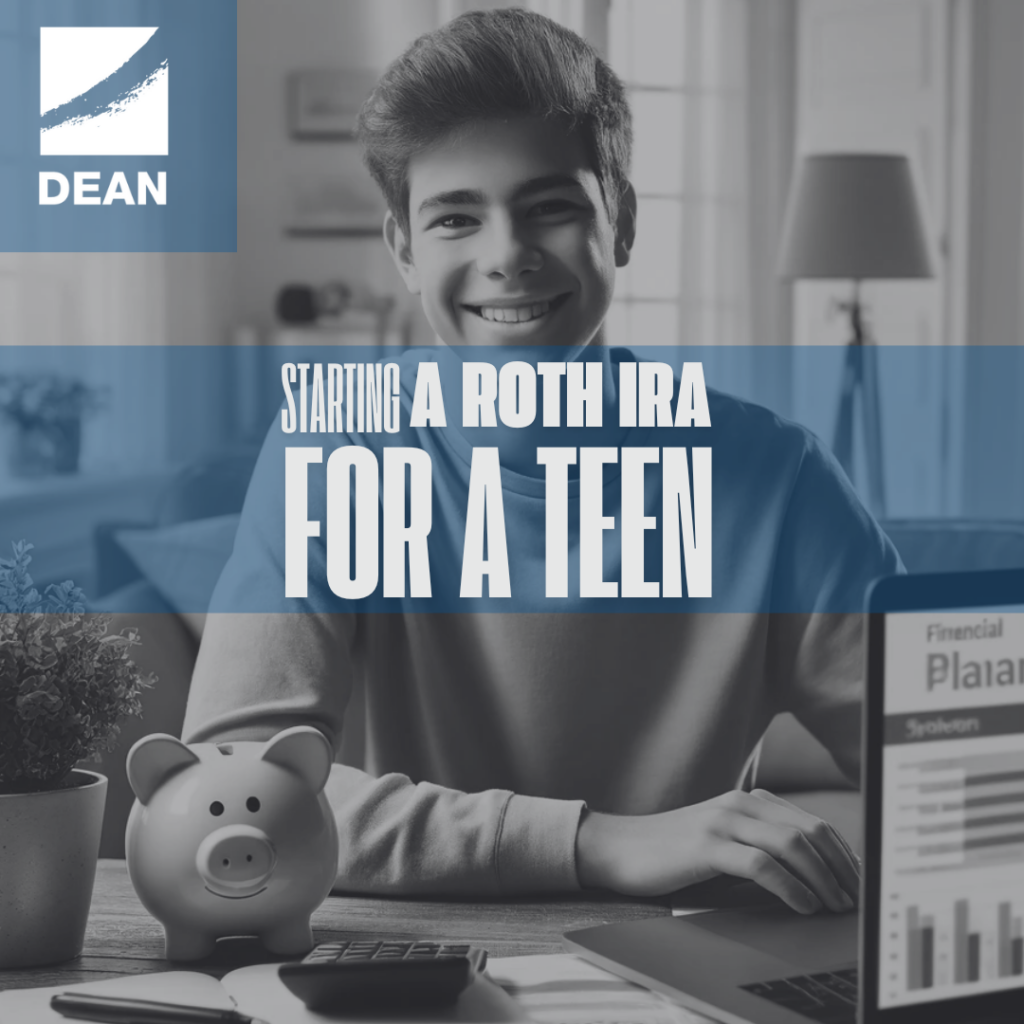
Short On Time? Here’s a Quick Summary:
- Eligibility and Contributions: A Roth IRA can be set up for teens with earned income, with contributions limited to their income and up to the annual maximum ($7,000 in the example provided). Contributions may qualify as gifts under annual gift tax exclusions.
- Long-Term Benefits: Roth IRAs offer potential benefits like penalty-free early withdrawals for specific uses (e.g., first-home purchases or education expenses) and allow for tax-free growth when funds are withdrawn after age 59½ and meeting a five-year holding period.
- Financial Education and Compounding: Opening a Roth IRA for a teenager introduces them to financial concepts like compound interest and saving, helping to build strong financial habits. Parents act as custodians of the account until the child is legally eligible to manage it.
Want to give your child or grandchild a financial head start? A Roth IRA might be a choice to consider. Read on to learn more about how doing this may benefit both of you.
Rules for setting up a Roth IRA. If your teen has an earned income, you may be able to set up a Roth IRA for them. For example, if your 15-year-old has earned $7,000 at a summer job, you can set up an account for them up to $7,000 (the maximum annual Roth IRA contribution). The amount cannot exceed the teen’s income. Keep in mind that money that you contribute to the Roth IRA can count as a gift within your $18,000 yearly gift tax exclusion ($36,000 for a married couple).1
Looking ahead to the future. If money is withdrawn from a Roth IRA before age 59½, a 10% federal tax penalty may apply. There is, however, a notable exception. Up to $10,000 of investment earnings can be taken out of a Roth IRA at any time if the money is used to buy a first home. In this instance, the IRS may waive the early withdrawal penalty. Should your teenager become a parent someday, a portion of those Roth IRA assets might also be utilized to pay college tuition costs for themself or their child.2,3
This article is for informational purposes only. It’s not a replacement for real-life advice, so make sure to consult your tax professional before modifying any Roth IRA strategy. Tax-free and penalty-free withdrawals also can be taken under circumstances other than first-home purchases, such as the owner’s death. The original Roth IRA owner is not required to take minimum annual withdrawals. To qualify for the tax-free and penalty-free withdrawal of earnings, the teenager must meet a five-year holding requirement and occur after age 59½.
Greater earning potential, thanks to the magic of compound interest. Setting up a Roth IRA for a teenager is a great way to introduce them to basic financial concepts, such as compound interest. Giving your teen a hands-on learning experience may help them understand the value of saving for the future. You may also be facilitating the development of your children’s or grandchildren’s financial habits.
There are a few things to consider when setting up a custodial Roth IRA. Setting up a Roth IRA for a minor is often referred to as a custodial IRA. Until the child is able to take it over, you act as the custodian of the account. Individual state laws determine when the minor child is able to take over management of the Roth IRA for themselves.
A tax professional can provide guidance that may help ensure that you and your minor child are following all federal and state regulations.